To understand how the viscosity of a liquid affects a pumping system, it is important to understand what viscosity represents. By definition, viscosity is the property of a liquid that causes it to offer resistance to shear stress such as that caused by liquid flow, primarily in the area of the pipe wall.
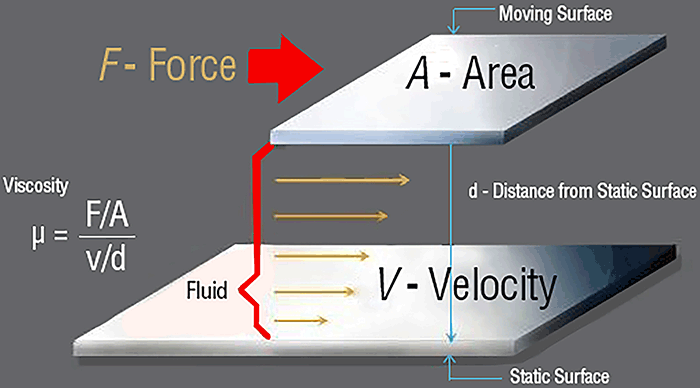 Image 1. Absolute viscosity illustration of velocity gradient from the moving surface (liquid) to the static surface (pipe wall) (Images courtesy of Hydraulic Institute)
Image 1. Absolute viscosity illustration of velocity gradient from the moving surface (liquid) to the static surface (pipe wall) (Images courtesy of Hydraulic Institute)Image 1 illustrates this by showing the velocity profile of a liquid relative to a static boundary surface. At the static boundary surface or pipe wall, the velocity of the liquid is zero. As the distance increases from the static surface, the velocity of the liquid increases. The force per unit area is a function of the velocity gradient v/d, which is the maximum velocity of the fluid, v, divided by the distance, d, from the static surface.
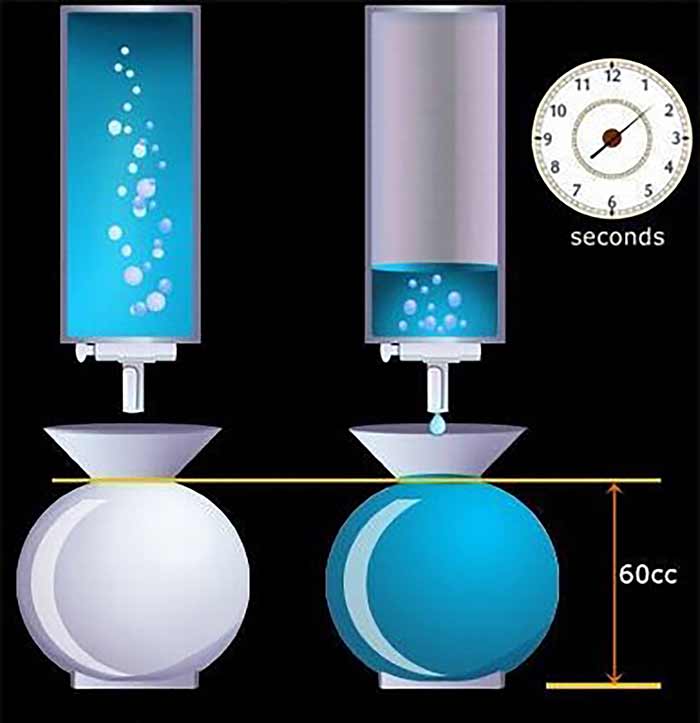 Image 2. Example of SSU viscosity measurement)
Image 2. Example of SSU viscosity measurement)Absolute viscosity, μ (Mu), is the quotient of the shear stress (or force per unit area) divided by the shear rate. It is common to express viscosity relative to its density, which is known as kinematic viscosity. Kinematic viscosity is designated by the Greek letter ν (Nu). A common way to measure kinematic viscosity is the Saybolt Seconds Universal (SSU) (see Image 2). This refers to the length of time it takes for a measured quantity of liquid at a specific temperature to drain from a container with a measured orifice in the bottom. For example, water has a viscosity of approximately 31 SSU at 60 degrees Fahrenheit (F). By comparison, light lubricating oils may have a viscosity of 100 or 200 SSU. More viscous lubricating oils have viscosities in the thousands of SSU, and extremely viscous fluids—heavy tar, for example—have viscosities as high as 1 million SSU.
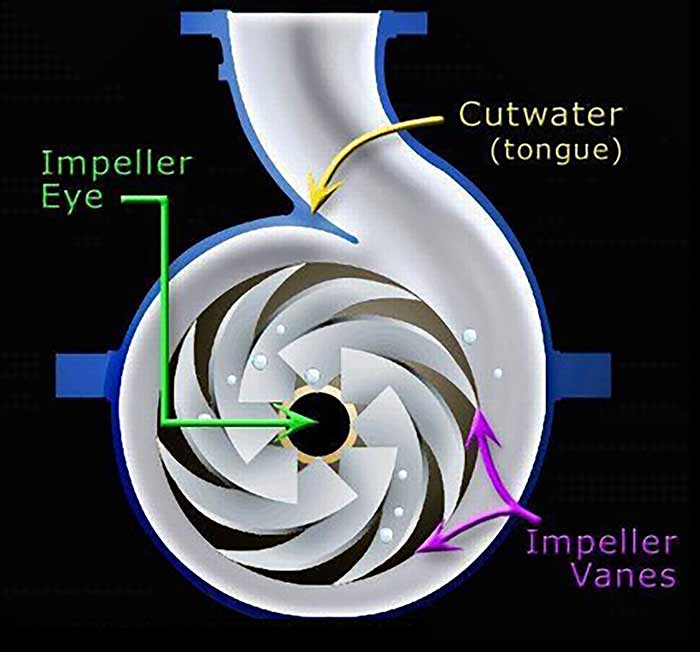 Image 3. Centrifugal volute pump
Image 3. Centrifugal volute pumpPump Types
Depending on the pump type, the impact of liquid viscosity is different. We will look at three types of pumps specifically: centrifugal (Image 3), reciprocating (Image 4) and rotary (Image 5).
Reciprocating and rotary pumps are within the positive displacement (PD) family. PD pumps displace a certain volume with every revolution of the shaft, minus any volumetric leakage (slip).
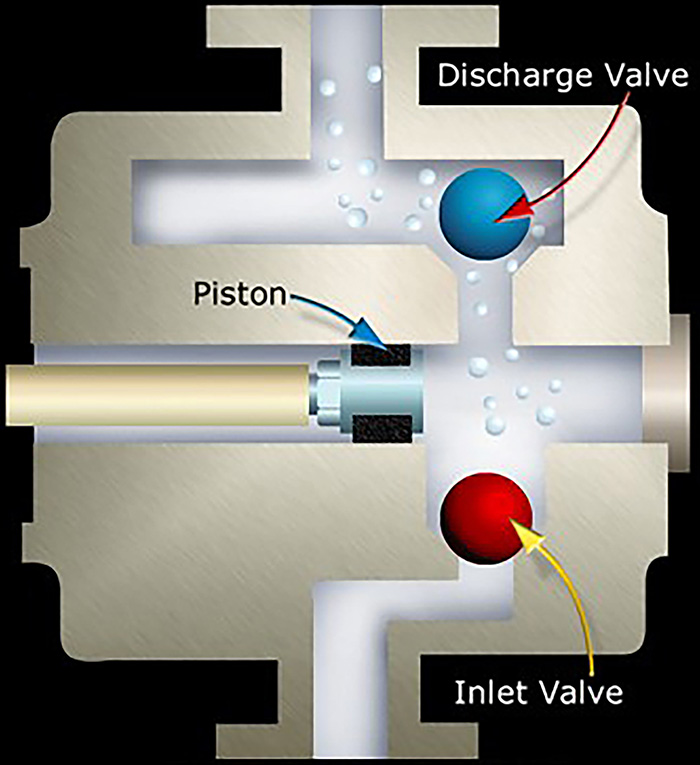 Image 4. Reciprocating (piston) pump
Image 4. Reciprocating (piston) pumpA centrifugal pump is within the rotodynamic pump family. Rotodynamic pumps are kinetic machines in which energy is continuously imparted to the pumped fluid by means of a rotating impeller, propeller or rotor. The most common type of rotodynamic pump is the centrifugal (radial) type. In centrifugal pumps, the liquid enters the impeller axially at the impeller eye and progresses radially between the vanes until it exits at the outside diameter and is collected in a diffusor or a volute arrangement as shown in Image 3. It is important to consider how these types of pumps are different and the physics involved because these disparities result in significantly different operation with respect to viscous liquids.
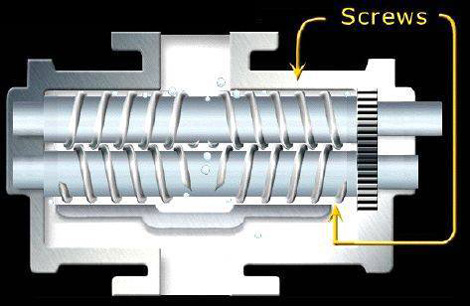 Image 5. Rotary (screw) pump
Image 5. Rotary (screw) pumpCentrifugal Pump Viscous Pumping Considerations
It is industry standard to test the performance of centrifugal pumps with clear water per ANSI/HI 14.6 Rotodynamic pumps for Hydraulic Performance Tests. The performance of a centrifugal pump is affected when handling viscous liquids because of the increased friction when the impeller rotates and the resistance to flow compared to water test. A marked increase in input power due to reduced efficiency and a reduction in head and rate of flow occurs with viscous liquids compared to water.
The performance curve in Image 6 shows the water performance and the corrected viscous performance for the application liquid, which has a viscosity of 1,000 SSU and specific gravity of 0.9. The viscous data should be corrected from the water performance test per Hydraulic Institute standard ANSI/HI 9.6.7 Effects of Liquid Viscosity on Rotodynamic Pump Performance. ANSI/HI 9.6.7 was used to correct the performance as shown in Image 6. This standard prescribes an empirical method based on test data available from sources throughout the world.
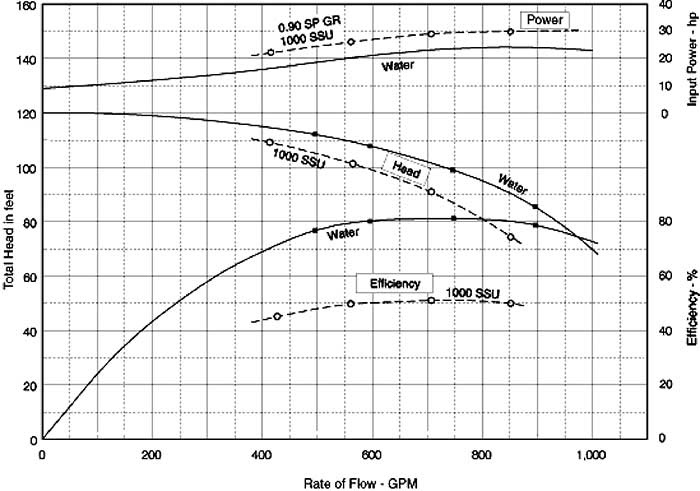 Image 6. Centrifugal pump “water” performance and corrected viscous performance
Image 6. Centrifugal pump “water” performance and corrected viscous performanceThe HI method enables pump users and designers to estimate performance of a particular rotodynamic pump on liquids of known viscosity, given the performance on water. The procedure is important so that the suitable pump and driver is selected for a required duty on viscous liquids. Not shown in Image 6 but also a concern is the increase of the required net positive suction head (NPSH) where a 3 percent head loss is noted (NPSH3) as well as increased required starting torque with viscous liquids. Consideration for these are outlined in ANSI/HI 9.6.7.
Note the marked efficiency drop from near 80 percent on water to approximately 50 percent on 1,000 SSU for the pump in Image 6. For this reason, the use of centrifugal pumps may be limited when viscosities are above levels that result in unacceptable efficiency and instead PD pumps may offer a better solution.
PD Pump Viscous Pumping Considerations
PD pumps are inherently different than centrifugal pumps because they move a volume of liquid by displacement for every revolution of the shaft. This generally provides favorable results when pumping viscous liquids. The volumetric efficiency of a PD pump is the actual volume per shaft revolution over the theoretical volume per shaft revolution. The difference between the two volumes is the result of leakage flow that is known as slip. The higher viscosity of a liquid actually reduces the amount of slip and increases the volumetric efficiency of a positive displacement pump.
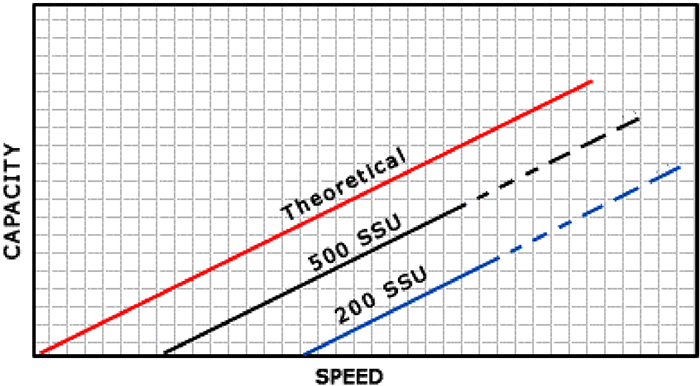 Image 7. General capacity for PD pump as a function of speed and viscosity
Image 7. General capacity for PD pump as a function of speed and viscosityThe curves in Image 7 illustrate how capacity of positive displacement pumps vary with speed (pressure constant), pressure (speed constant) and viscosity. They are intended only as a representation of the concept. The curves show that theoretical capacity is directly proportional to speed. The difference between theoretical capacity and delivered capacity is the “slip” of the pump for a given viscosity. Internal slip is affected by viscosity and pressure and causes delivered capacity deviation from theoretical.
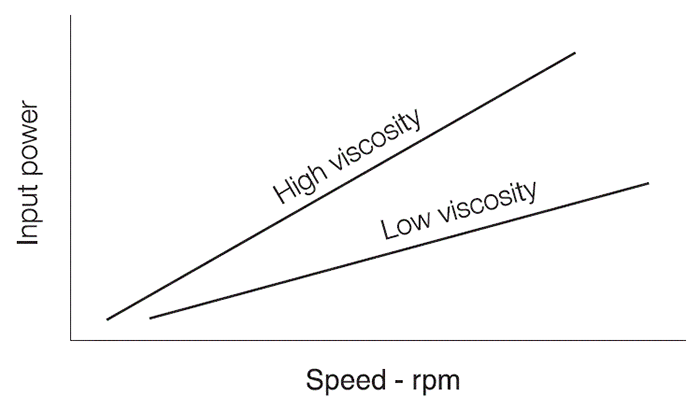 Image 8. Viscous input power
Image 8. Viscous input powerThe viscosity of the pump fluid also impacts the net positive inlet pressure required (NPIPR) and the input power of positive displacement pumps. Theoretical horsepower is proportional to speed and pressure. Friction losses due to the viscosity of the pumped fluid cause the input power to increase above theoretical power. Image 8 shows how the power may increase, and Image 9 shows generally how the NPIPR will increase with viscosity.
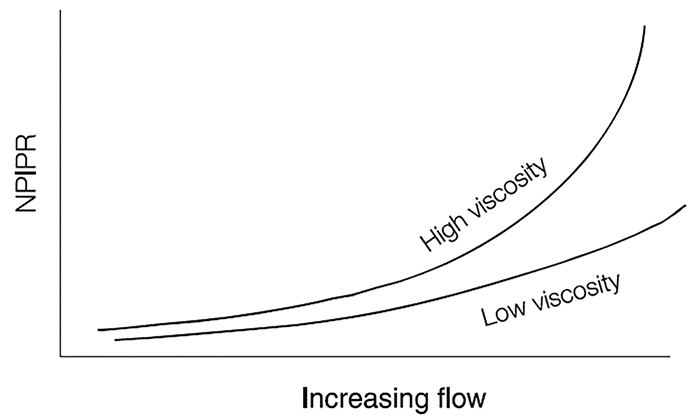 Image 9. Viscous NPIPR
Image 9. Viscous NPIPRReciprocating PD pumps are used in applications for a range of viscosities. Typically, reciprocating power pumps can handle fluid viscosities of 5,000 SSU and air operated piston reciprocating pumps can handle fluid viscosities of 1 million SSU.
In selected technologies and applications, rotary PD pumps can also handle liquid from water to viscous liquids, but they find more typical application on viscous fluid. There are many types of rotary pumps, and the viscous pumping capabilities vary by design. In general, flow and volumetric efficiency in a rotary pump typically increase with viscosity, and some types of rotary pumps can handle fluids with viscosities of several million SSU.
The generalities provided here for reciprocating and rotary viscous pumping are not absolute, and specific designs can change capabilities significantly, so the users should consult with the pump manufacturer closely for specific recommendations. Additional information on viscous pumping for positive displacement pumps can be found in the following standards: ANSI/HI 3.1-3.5 Rotary Pumps for Nomenclature, Definitions, Application and Operation; ANSI/HI 6.1-6.5 Reciprocating Power Pumps for Nomenclature, Definitions, Application and Operation; ANSI/HI 7.1-7.5 Control Volume Metering Pumps for Nomenclature, Definitions, Application and Operation; ANSI/HI 10.1-10.5 Air-Operated Pumps for Nomenclature, Definitions, Application and Operation
References
1. Rotodynamic Pumps E-Learning Certificate Training, Hydraulic Institute, 2016
2. Positive Displacement Pumps E-Learning Certificate Training, Hydraulic Institute, 2016
3. ANSI/HI 14.6 Rotodynamic pumps for Hydraulic Performance Tests, Hydraulic Institute, 2016
4. ANSI/HI 9.6.7 Effects of Liquid Viscosity on Rotodynamic Pump Performance, Hydraulic Institute, 2015
5. ANSI/HI 3.1-3.5 Rotary Pumps for Nomenclature, Definitions, Application and Operation, Hydraulic Institute, 2015
6. ANSI/HI 6.1-6.5 Reciprocating Power Pumps for Nomenclature, Definitions, Application and Operation, Hydraulic Institute, 2015
7. ANSI/HI 7.1-7.5 Control Volume Metering Pumps for Nomenclature, Definitions, Application and Operation, Hydraulic Institute, 2017
8. ANSI/HI 10.1-10.5 Air-Operated Pumps for Nomenclature, Definitions, Application and Operation, Hydraulic Institute, 2016


